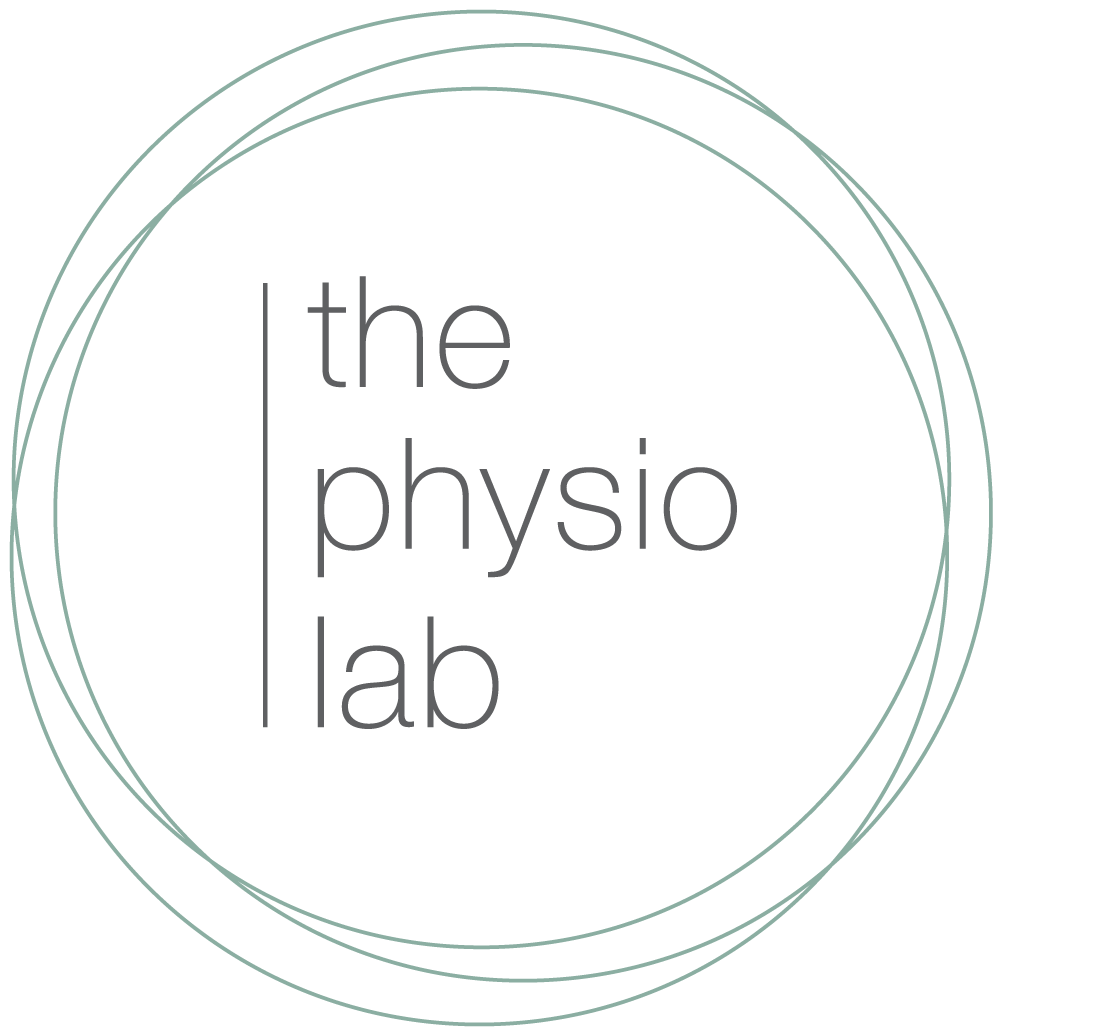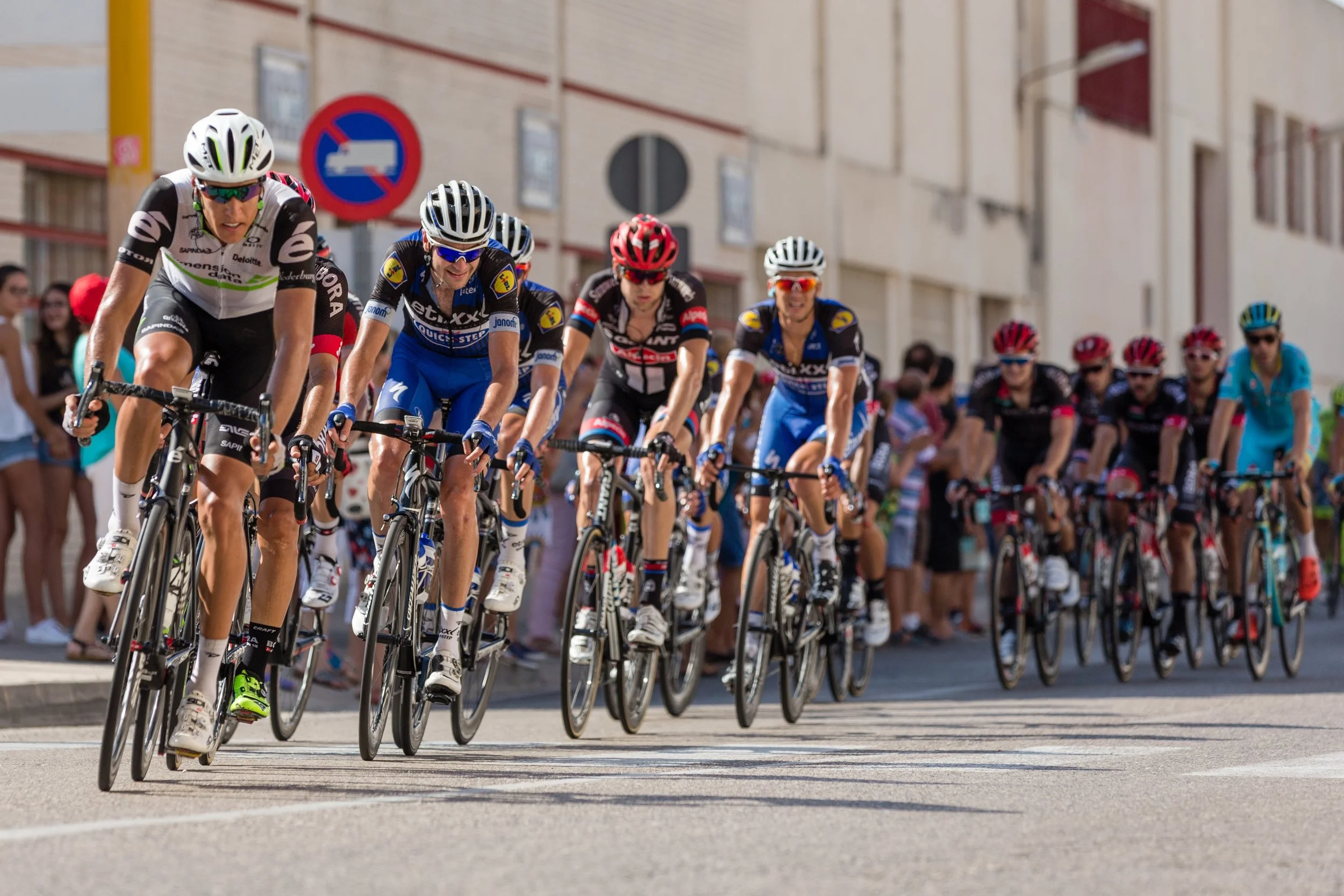Do you get an increase in pain at the front of your knee after a ride? Has your bike ever been fitted to your bodies dimensions? This blog gets a bit into the science of how cycling related knee pain is caused and what you can do to prevent it.
The knee joint is one of the most common joints suffering from overuse injuries in cycling, accounting for more than 25% of injuries reported. The likelihood of knee pain (known as patellofemoral pain syndrome or PFPS) can be attributed generally to two factors:
- Intrinsic factors:
- changes in under or over-active musculature
- mechanical variances such as increased Q angle
- knee joint morphology
- female gender
- (Bailey, Maillardet, & Messenger, 2003; Dettori & Norvell, 2006; Ward, Terk, & Powers, 2005)
- Extrinsic factors:
- bike geometry and setup can increase patellofemoral joint (knee cap) stress resulting in knee pain
- mileage and training load
- (Asplund & St Pierre, 2004; Bini, Hume, & Croft, 2011)
The two primary causes of knee pain commonly seen in cycling by a physiotherapist are problems with muscle activation patterns and bike setup.
Muscle Activation Patterns
Muscle activity of the lower limb during pedaling has been studied, with the onset and offset of EMG activity in relation to crank position during pedaling shown in the figure below (figure 1). This shows the activation of the gluteals (GMax) and quadriceps (VM, VL, RF) (known as the power muscles) initiating before top dead centre (TDC) which are then followed by the hamstrings (SM, BF) and calf (GM, GL, Sol) (known as the coordination muscles). The power phase continues until bottom dead centre (BDC). Mechanical efficiency during pedaling is somewhat reliant on the activation and coordination of all active leg muscles and is not simply the result of any single muscle in particular.
Figure 1. Duration of EMG during pedaling (Hug & Dorel, 2009)
The power muscles will generally increase in activation with increases in workload (i.e. go faster = work harder) whereas the co-ordination muscles change little but optimise a smooth transmission of power at TDC/BDC positions. Weakness of your glutes can lead to an increase in quadriceps workload and possibly increased kneecap stress. Riders with poor pedaling co-ordination are also likely to increase use of their power muscles at lower loads which can eventually lead to:
- fatigue
- less efficiency
- greater potential for stress throughout the kinetic chain(common in recreational cyclists)
So, if you are getting this kind of pain a few tips that are important to know include:
- Higher quadriceps forces --> higher knee cap compression forces --> greater risk of kneecap pain (PFPS)
- Correct strengthening of power muscles can prevent this
- How to effectively time hamstring and calf muscle activity throughout TDC/BDC whilst pedaling to improve technique
Bike Setup
Several studies have looked at seat height as a causative factor in predisposing the knee to injury. The correct seat height will allow effective recruitment of your glutes and calf muscles as well as unloading the overstretched hamstring and neural structures. Common bike setup measures are shown in figure 2 below.
Figure 2. Common bike setup measurements (Wisbey-Roth & Visentini, 2016)
Measurement of correct seat height can be done with two common methods:
- Seat height (L5 measure in figure 2) as a percentage (usually 95-98%) of total leg length (measured as vertical distance of greater trochanter to floor) plus cleat sole height
- This can involve a crank length (L6) adjustment
- Knee angle when the foot is at BDC and the cyclist is seated
- For PFPS prevention the accepted angle is 25 degrees, slightly greater (30-35 degrees) for tendinopathies or ITB syndrome
A lower seat height (often seen in recreational cyclists) has been shown to increase contact forces at the kneecap joint and will often be the most likely cause of pain.
Take Home Message
- Seeing a sports physiotherapist can help identify if there are muscle weakness or activation problems and give you advice on how to correct these. This can lead to improved efficiency and reduction in pain.
- When treating cyclists with knee pain it is important to consider an optimal bike setup and riding position that is conducive to the ranges of the cyclist’s biomechanical limitations. This can not only minimise injury but also improve performance.
- There are many elements to setting up your bike that can be altered (seat height is just one!). So if you suffer from pains in other parts of your body whilst riding (back, neck, shoulders etc) discuss this with your physio who can perform a bike-fit assessment or refer you to someone that can.
References
Asplund, C., & St Pierre, P. (2004). Knee pain and bicycling: fitting concepts for clinicians. The Physician and Sportsmedicine, 32(4), 23.
Bailey, M. P., Maillardet, F. J., & Messenger, N. (2003). Kinematics of cycling in relation to anterior knee pain and patellar tendinitis. Journal of Sports Sciences, 21(8), 649.
Bini, R., Hume, P., & Croft, J. (2011). Effects of Bicycle Saddle Height on Knee Injury Risk and Cycling Performance. Sports Medicine, 41(6), 463-476.
Dettori, N. J., & Norvell, D. C. (2006). Non-Traumatic Bicycle Injuries. Sports Medicine, 36(1), 7-18.
Hug, F., & Dorel, S. (2009). Electromyographic analysis of pedaling: A review. Journal of Electromyography and Kinesiology, 19(2), 182-198.
Ward, S. R., Terk, M. R., & Powers, C. M. (2005). Influence of patella alta on knee extensor mechanics. Journal of Biomechanics, 38(12), 2415-2422.
Wisbey-Roth, T., & Visentini, P. (2016). Optimising Biomechanics in Cycling (Course Notes).



